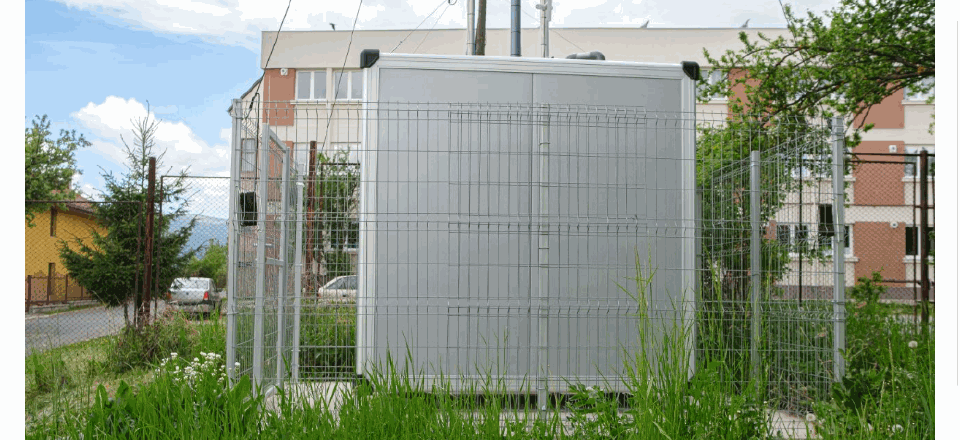So far this year, ozone pollution above the limit has been measured 20 times in the air of Csíkszereda. At the same time, however, the ozone concentration never once increased so much that the authorities had to take measures.
In the January-July period, the mobile average of the ozone indicator exceeded the permissible limit in 20 cases at the station measuring air quality in the Tudor housing estate: the concentration of 120 micrograms per cubic meter, and in five cases at the station in Zsögödfürdő. According to Air Quality Act No. 104 from 2011, the number of these exceedances can reach 25 in three consecutive years. There has never been an example of this in Hargita county," explained Carmen Kardos, head of the laboratory of the Hargita County Environmental Protection Agency.
The Zsögödfürdő measuring station (HR-1) has been in operation since 2008, and the Tudor housing estate (HR-2) since 2021. Since they were put into operation, no ozone pollution has been measured to such an extent that the population should have been alerted. According to the valid legislation, if the concentration of ozone exceeds 180 micrograms per cubic meter (warning limit, Romanian: prag de informare) or 240 micrograms (alert limit, Romanian: prag de alertă), then the Hargita County Environmental Guard, the Hargita County Agreement between the Environmental Protection Agency and the Hargita County Health Directorate, which contains the necessary measures.
Kardos added: Government Decision No. 257 from 2015 regulates any action plans aimed at improving air quality if necessary. Short-term action plans aim to reduce ozone pollution, and may even include measures related to vehicle traffic, construction, various industrial activities and home heating. By the way, it is good to know that the enrichment of ozone in the atmosphere is caused by the fact that the gases emitted by car traffic are converted into ozone by strong solar radiation.
Source: Szekelyhon.ro
Author: Barabás Hajnal
Picture: Nándor Veres (ozone measuring station)













